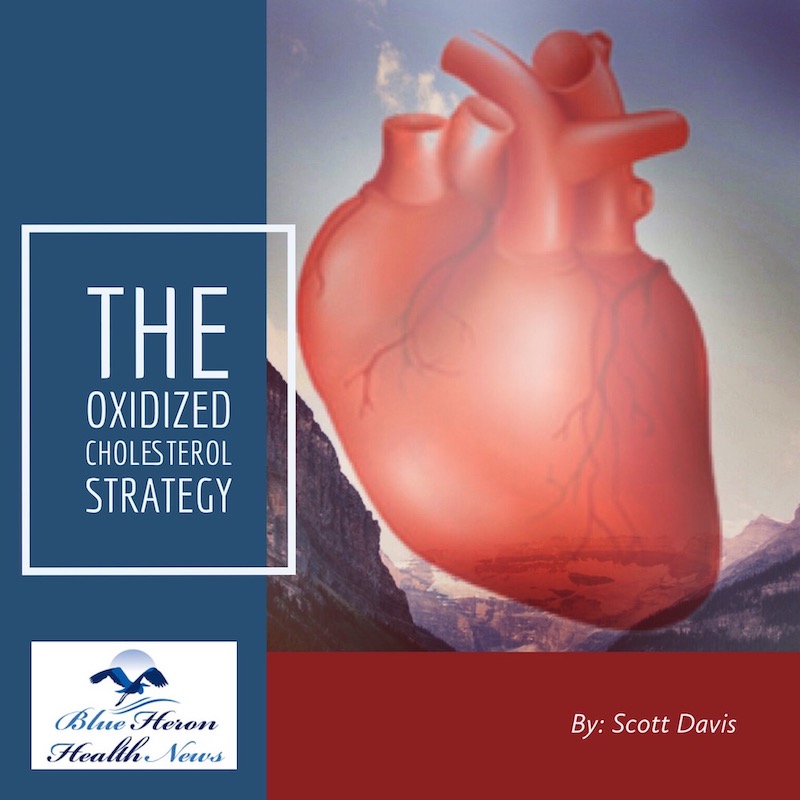Plaque buildup, particularly in the arteries, is a common concern associated with aging. However, whether it is inevitable or not depends on various factors including lifestyle, genetics, and overall health management. In exploring this topic, it’s important to understand what plaque is, the role of aging in its development, and how lifestyle and genetics play a part.
1. Understanding Plaque and Atherosclerosis:

Plaque buildup in the arteries, known as atherosclerosis, is a process where fats, cholesterol, and other substances in the blood form deposits on the walls of the arteries. These deposits can harden over time, leading to narrowed arteries which can reduce blood flow. Atherosclerosis is a significant contributor to heart disease, strokes, and other cardiovascular problems.
2. Aging and Arterial Health:
As we age, several changes occur in the body that can increase the risk of plaque buildup. The arteries may lose some of their elasticity, making it harder for blood to flow through them. Additionally, the endothelial function, which is the inner lining of the blood vessels, often becomes less efficient with age. These age-related changes can contribute to the development of atherosclerosis.
3. The Role of Lifestyle Factors:
Lifestyle choices play a crucial role in the development of plaque. Diets high in saturated fats, trans fats, and cholesterol can contribute to the buildup of plaque in the arteries. Physical inactivity, obesity, and smoking are also significant risk factors. On the other hand, a healthy diet, regular exercise, and avoiding tobacco can significantly reduce the risk of plaque buildup.
4. Genetic Factors and Plaque Development:
Genetics also play a role in the development of atherosclerosis. Some people may be genetically predisposed to higher levels of cholesterol, which can contribute to plaque formation. Family history of heart disease can also be an indicator of higher risk.
5. The Role of Chronic Diseases:
Chronic diseases such as diabetes and high blood pressure can accelerate the process of atherosclerosis. High blood sugar levels, for instance, can damage the arteries and make it easier for plaque to accumulate.
6. Prevention and Management: Preventing plaque buildup involves managing risk factors. This includes adopting a heart-healthy diet rich in fruits, vegetables, whole grains, and lean proteins. Regular exercise, maintaining a healthy weight, and controlling blood pressure and cholesterol levels are also important. For those with a family history of heart disease, regular check-ups and early interventions can be beneficial.
7. Medical Interventions:
In some cases, medical interventions may be necessary to manage plaque buildup. Medications such as statins can help reduce cholesterol levels. In more severe cases, procedures like angioplasty or bypass surgery may be required to restore blood flow.
8. The Myth of Inevitability:
While aging is a risk factor for plaque buildup, it’s not correct to say that it is inevitable. Many people live into old age without significant plaque accumulation, thanks to genetics, healthy lifestyles, and effective management of risk factors.
9. The Importance of Early Intervention:
Early intervention is key to preventing and managing plaque buildup. Regular health screenings can help identify risk factors like high cholesterol and high blood pressure before they lead to atherosclerosis.
Conclusion,
In conclusion, while aging increases the risk of plaque buildup, it is not an inevitable part of growing older. A combination of genetic factors, lifestyle choices, and the management of chronic conditions plays a significant role in determining one’s risk. By understanding these factors and taking proactive steps to manage them, it’s possible to reduce the risk of atherosclerosis and maintain healthier arteries even in later life.
In summary, plaque buildup is influenced by a complex interplay of aging, genetics, lifestyle choices, and the presence of chronic diseases. With proper management and lifestyle modifications, it’s possible to reduce the risk and impact of plaque buildup, underscoring the fact that it is not an inevitable consequence of aging.




0 Comments